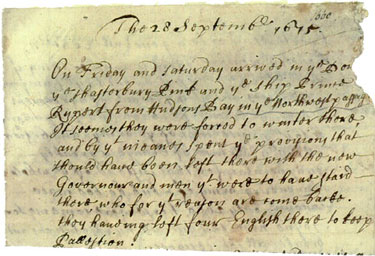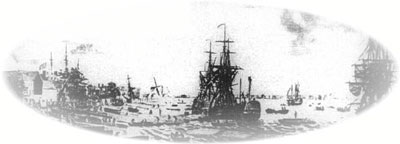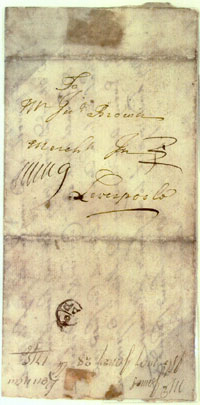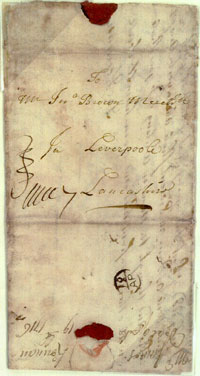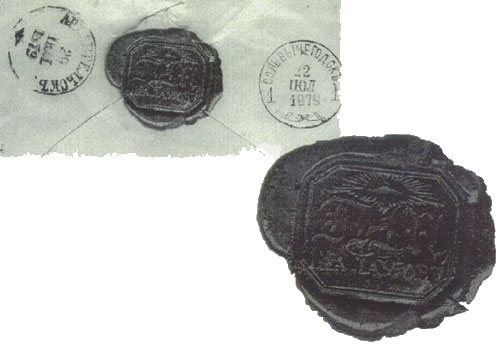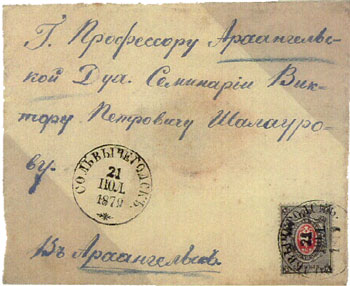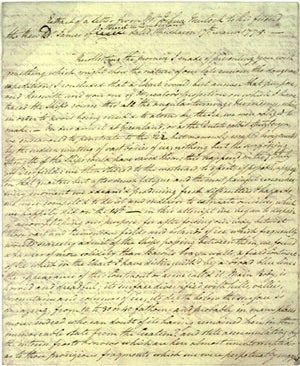ARCTIC CHRONOLOGY
A Postal History Gallery of Related Events
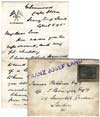 |
1675
- 1799
|
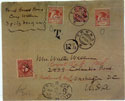 |
|
Discoveries in the Arctic The exploration of the North has extended over five hundred years and rather than finding a northwest passage to the eastern trade, it discovered a great fur trade and valuable fisheries, and even great oil fields. Traveling in vulnerable wooden ships first powered by only sails, they gradually changed to powerful new and innovative vehicles and a commercial trade in the north was established. Early crews were often separated from their homes for years and some never returned. While hopes of finding a northwest passage was the initial objective, the ice conditions discouraged expectations of success. Attempts to reach the north pole itself followed using stronger ships with newer designs as a base for the dashes to the almost mythical prize. Balloons and the new dirigibles were tried, followed by airships and submarines. When the pole itself was finally reached, it proved to be a vain goal since it was just a point on the ice above a moving body of water. The oceans of the Arctic basin and the frozen lands around it are now recognized as important study areas, and over the years virtually all exploration parties became directed toward studies of some kind. This exhibit displays philatelic and other memorabilia marking the work in the Polar Region. Exploration in the Arctic was, and always will be, a lonely job in which communication is a vital part of maintaining morale. |
|
The Northwest Passage
By drawing a line through the constellation of the great bear, Arktos, you will form a line running parallel to the equator at 64° 30' north. This is the Arctic circle. Above this line lies trackless miles of ice and snow on which civilization has yet to gain a foothold. This unknown area has excited the imagination of men for centuries and bands of men are constantly searching its surface for various reasons, some commercial, others for scientific study and a few for pure adventure. Regardless of the reasons a desire to contact homes and friends accompanied each one. This desire for communication is the study of Polar Philately. It reveals the joys and anxieties, the achievements and failures of these men. It portrays the development of Polar exploration. In the past the problems of reaching the North Pole have been subordinate to the hope of finding, via that route, a water way to the east, and though the early north polar attempts failed in their main purpose they resulted in the discovery of new lands and industries. But even from the beginning of polar exploration the ships that sailed with orders to attain the North Pole have been in number and importance the exception, not the rule. In 1669 the British formed the Hudson Bay Company which was the first and outstanding commercial enterprise in the Arctic. The English fed and grew on its bounty while they continued searching for a passage to the East. An early letter recalls the drama of a visit to the outpost during its early years . . .
The vessels arrive at Point Comfort on the Rupert River, deep in Hudsons Bay, on September 12, 1674 carrying a new governor and a crew of 28 men. Due to the lateness of the season the ships were forced to winter there. Because the main cargo was provisions for the post of the new governor, it was left for him to distribute the provisions. He apparently was the rugged, outdoor type who felt sure they could live off the country for they carelessly consumed the entire store of the ships during the first months and suffered severely during the remaining months till spring -- and fresh food. When the water cleared in late spring the ships left for England leaving Lyddal and three men to keep the British foothold in North America. A hungry crew returned home little realizing their role in the building of Britain's Arctic empire of Northern Canada.
|
A Commercial Voyage to the Arctic
1716
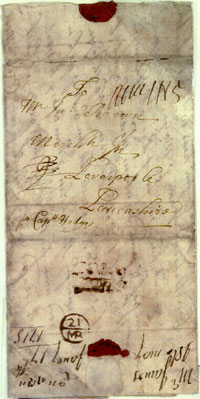 |
A commercial voyage to the Arctic in 1716 by the JOHN AND JAMES was organized at Liverpool to sail north of Hammerfest, Norway: The Captain: "Designs to go to North Cape if the Swedish King will let him." |
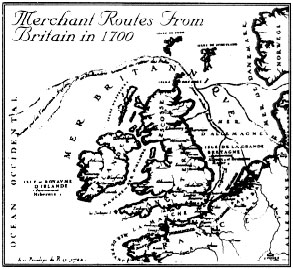 |
|
|
The British shipping centers served all corners of the known world and the ports above the Arctic Circle were a new objective in the early eighteenth century. | |
|
A Voyage To North Cape
Although there were many searchers for the northwest passage during the years it remained for Roald Amundsen to finally seek out and navigate the magic passage in 1906 -- proving only that after so many searches it was a "fool's gold." It was too shallow for large boats and emptied into the ice-blocked Beaufort Sea. He had uncovered one of nature's secrets only to find she had an ace-in-the-hole.
The American Colonists Encouraged the Search For A Northwest Passage in Hope That It Would Distract the British In America 1764
Nikita Shalaurov
"I Am Assured These Seas Will
Forever Prevent Discovery Being Made"
|
